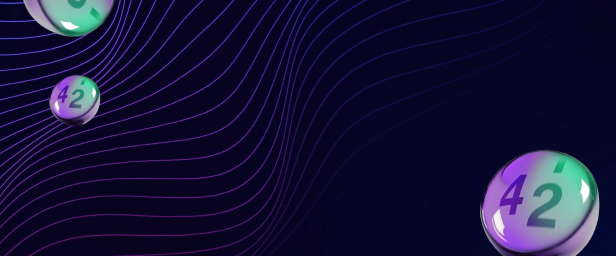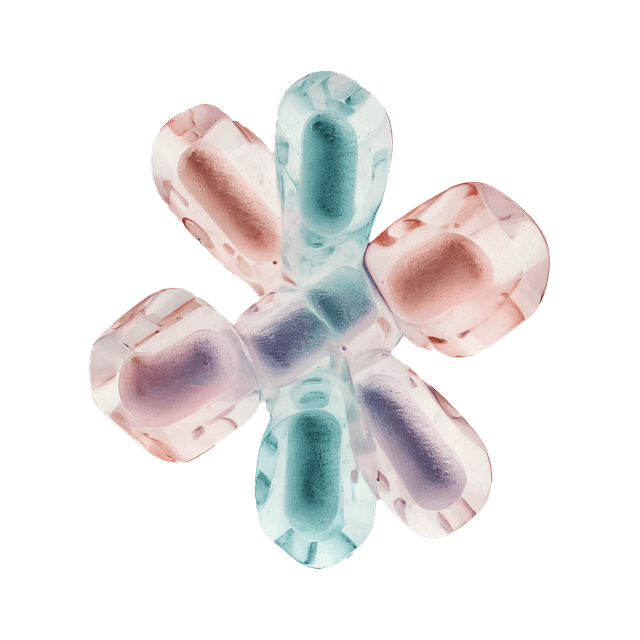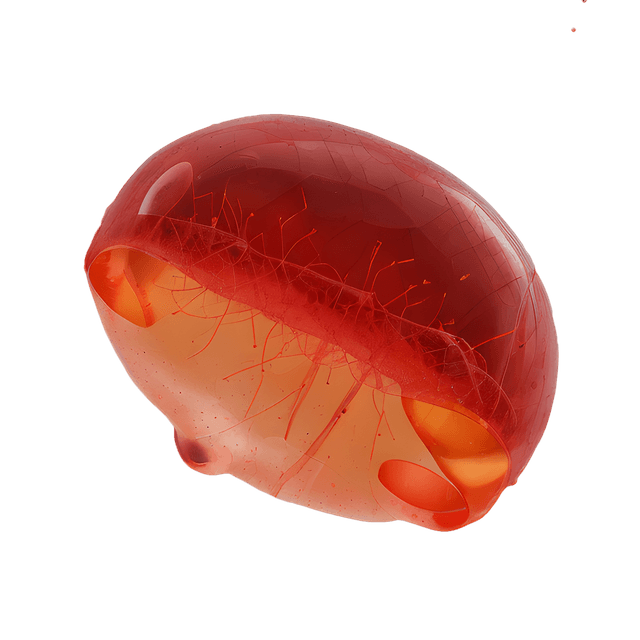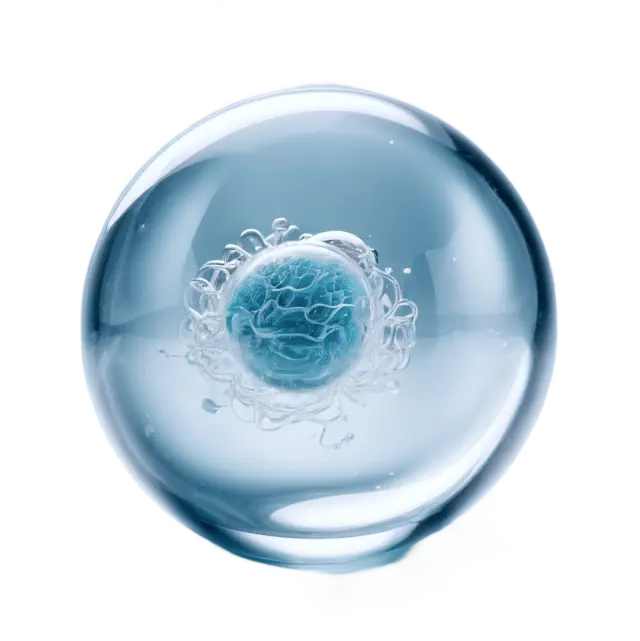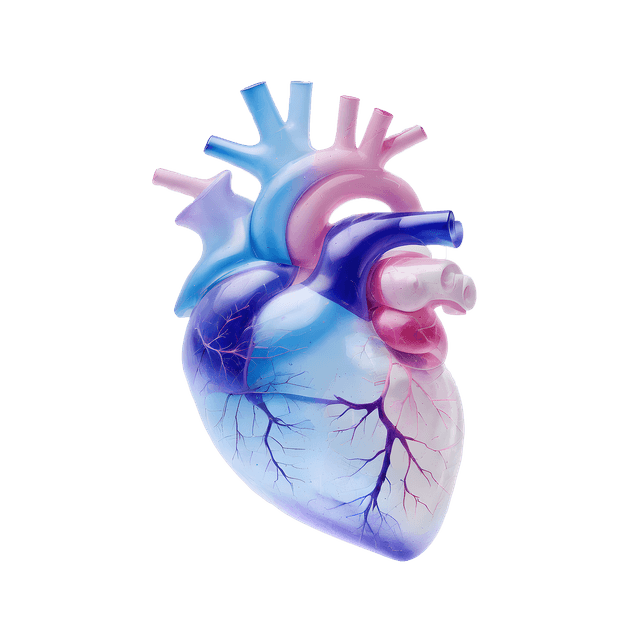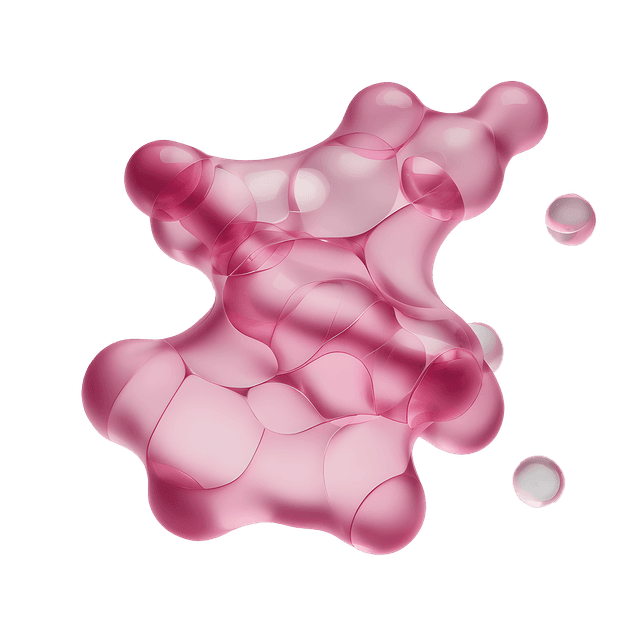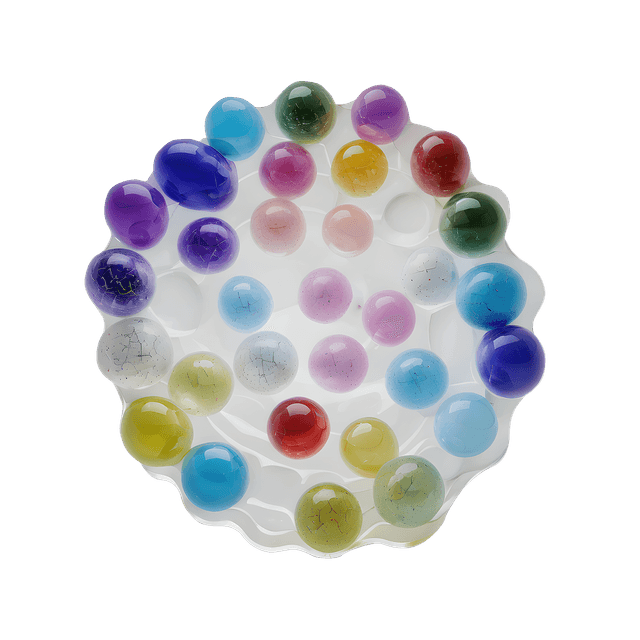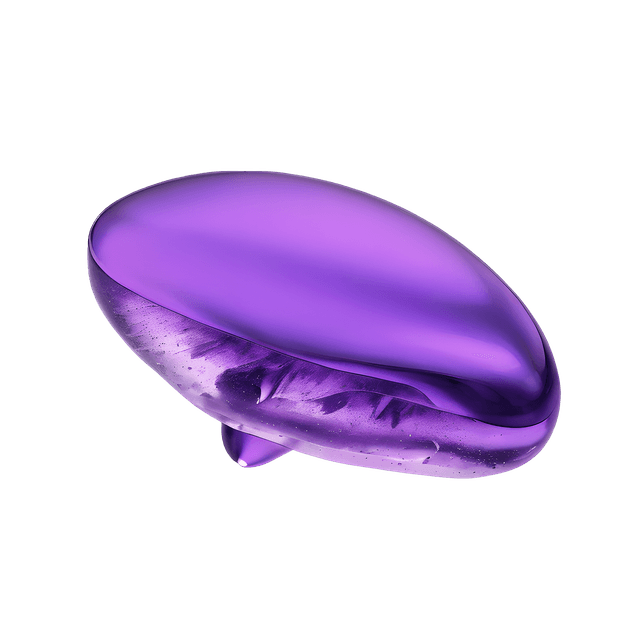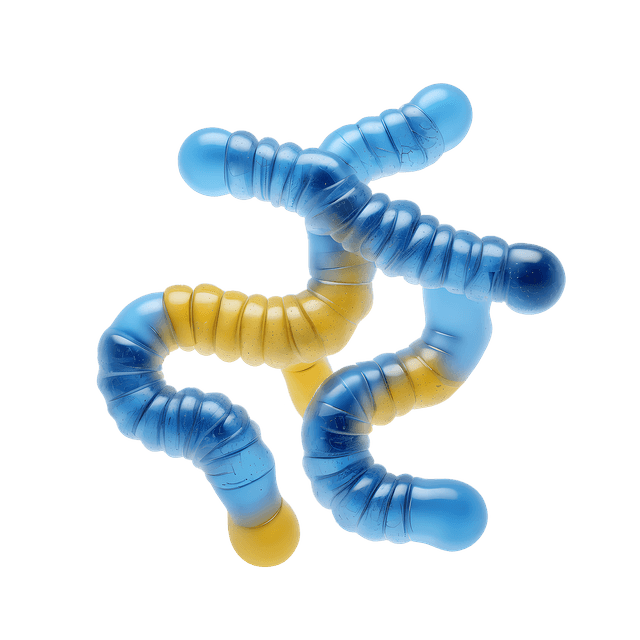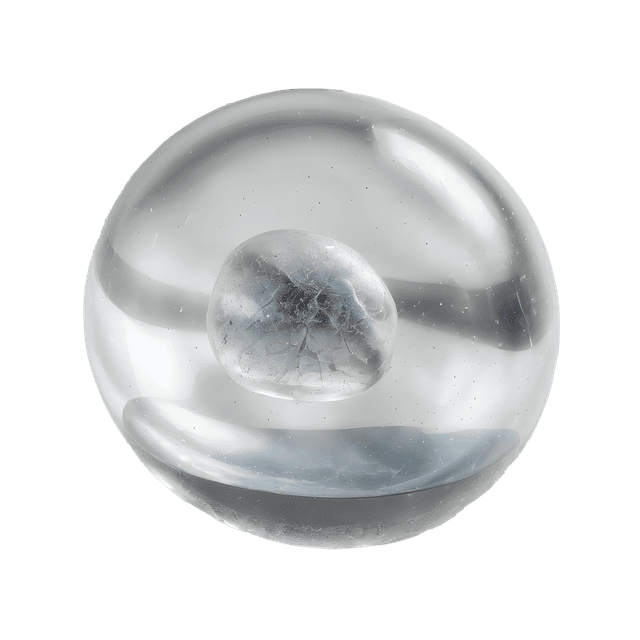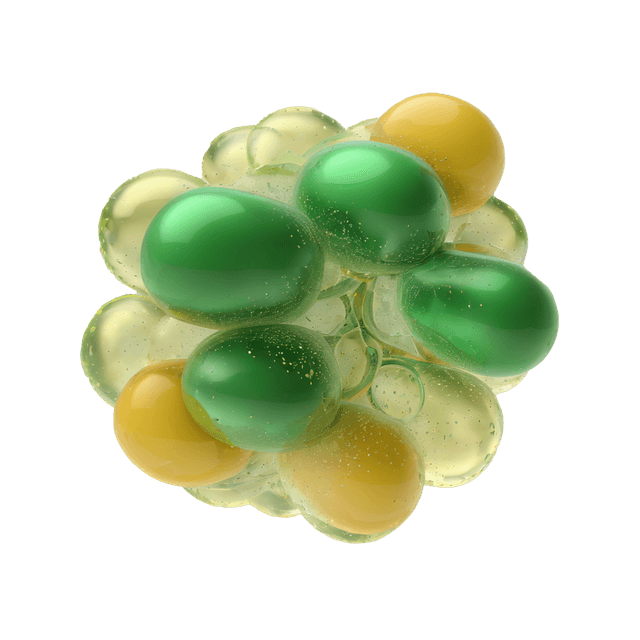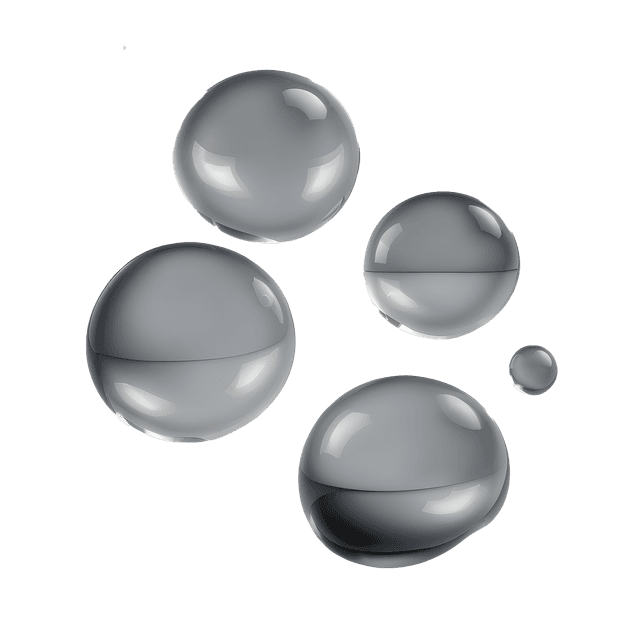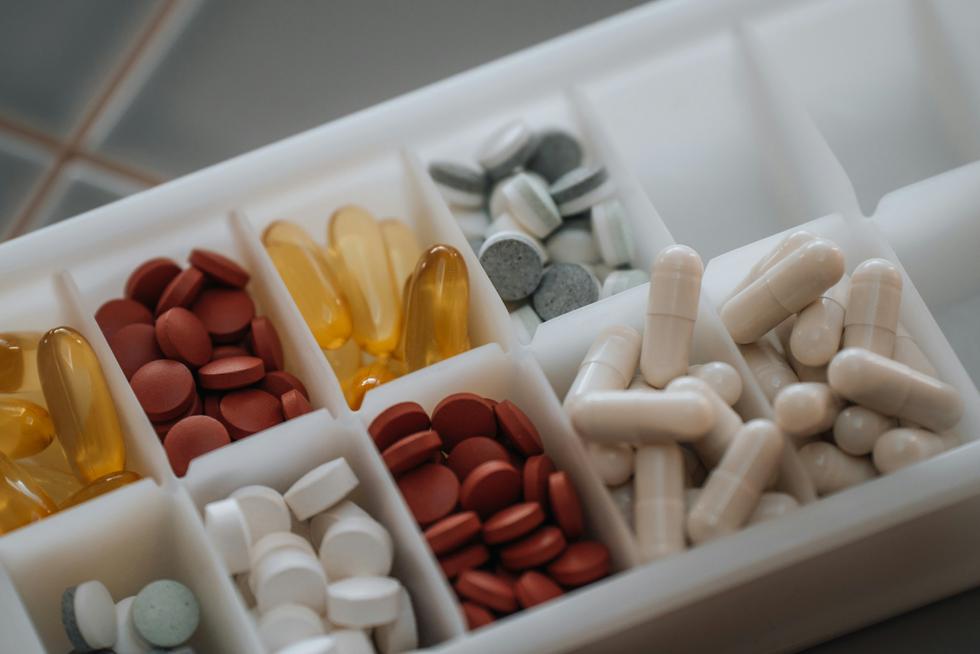Quick version
Iron is needed for oxygen transport in the body, while ferritin shows how much iron you have stored. Low ferritin indicates iron deficiency – high ferritin can be a sign of iron overload. Want to know more about your levels? Test your iron status to get answers.
What is iron and why do we need it?
Iron is a mineral that the body needs to produce hemoglobin, a protein in red blood cells that transports oxygen from the lungs to the body's tissues. Without enough iron, oxygen transport is reduced, which can cause fatigue and reduced physical performance. Iron concentration also affects other biological processes in the body:
- Energy metabolism
- Immune defense
- Cognitive function
- Tissue growth and repair
Why do we need ferritin?
Ferritin is a storage protein that stores iron in the body and releases it when needed. It functions as an iron reserve or iron depot and is mainly found in the liver, spleen and bone marrow. In short, the Ferritin value in the blood indicates how much iron is stored.
- Low ferritin = depleted iron stores
- Normal ferritin = good iron stores
- High ferritin = may be due to iron overload or inflammation
So ferritin is not the iron itself that circulates in the blood, but a measure of your iron reserves.
The difference between ferritin and iron
| Ferritin | Iron (S-Fe) |
|---|---|
| Stores iron in the body's stores | Iron in the blood bound to transferrin |
| Shows long-term iron stores | Shows current iron content in the blood |
| Affected by inflammation | Affected by diet, bleeding, absorption |
Sex differences in ferritin levels
It is completely normal for women to have lower ferritin values than men, since women regularly lose iron through menstruation. Women's iron needs also increase during pregnancy and breastfeeding.
- Women: approx. 15–150 µg/L
- Men: approx. 30–300 µg/L
Low ferritin levels do not always mean that you have anemia, but it is an indication that your iron stores are running low, which should be addressed.
Hemochromatosis - When Ferritin Levels Are Too High
Elevated ferritin levels are also not good and can cause organ damage, as excess iron is stored in tissues such as the liver, heart and pancreas. This can lead to complications such as liver damage, diabetes, heart disease and joint pain. Too high ferritin can be caused by:
- Iron overload, (e.g. in hemochromatosis – an inherited disease in which the body stores too much iron)
- Inflammation or infection
- Liver diseases
In hemochromatosis, excess iron is stored in various organs, which can lead to liver damage, heart failure, diabetes and joint problems. It is therefore important not to treat iron deficiency without first finding out the ferritin levels.
Why do we get iron deficiency?
Iron deficiency occurs when the body's iron stores are not enough to cover the need. This can be due to too low an intake of iron through the diet, increased need during certain phases of life, blood loss or the body having difficulty absorbing iron from food. If the deficiency is not addressed, it can lead to iron deficiency anemia, which affects energy levels, immune system and general well-being.
- Insufficient intake – e.g. vegetarian diet without iron-rich alternatives
- Increased need – pregnancy, breastfeeding, rapid growth, physical exercise
- Blood loss – e.g. heavy menstruation or intestinal bleeding
- Impaired absorption – e.g. celiac disease, gastric bypass surgery
Symptoms of iron deficiency
- Fatigue and lack of energy
- Palour
- Headache
- Shortness of breath
- Palpitation
- Restless legs
Iron deficiency and anemia – how are they related?
Anemia means that you have too little hemoglobin in your blood. In iron deficiency anemia, the iron stores have been depleted, which means that the body cannot produce enough hemoglobin.
Diagnosis of iron deficiency
- Low ferritin – early sign of deficiency
- Low serum iron – shows the iron levels in the blood right now
- High transferrin – the body is trying to absorb more iron
- Low hemoglobin – sign of anemia
How can iron deficiency be prevented and treated?
- Eat iron-rich foods such as meat, liver, fish, eggs, legumes.
- Combine with vitamin C for better absorption.
- Avoid coffee, tea and milk with meals.
Treatment of iron deficiency usually involves taking iron tablets if needed, while also reviewing and treating underlying causes, such as heavy menstruation or other bleeding. It is also important to check ferritin levels before treatment, to rule out that excess iron is behind the symptoms.
Check your iron status
Want to know what your levels look like? With us, you can easily order a referral to test your iron status. You will receive a clear analysis of, among other things, iron, ferritin and blood status – important markers for detecting both iron deficiency and iron excess. Take control of your health and get answers quickly.

